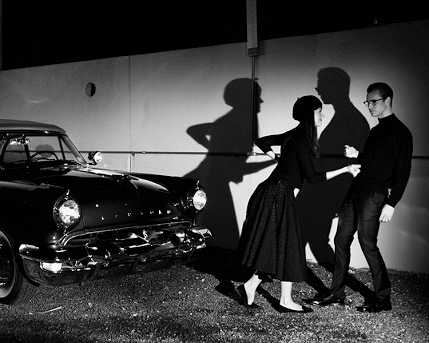Rohan gave us a quick primer on editing to the beat yesterday. This is important when editing a music video because, well, music – duh!

Most songs are written in 4/4 time. This means that there are four beats to a bar of music, e.g:
1, 2, 3, 4 | 2, 2, 3, 4 | 3, 2, 3, 4 | 4, 2, 3, 4…
In the above example, the beat falls on the first count of each bar. However, there are variations to the standard, such as in ska/reggae music where the beat falls on the offbeat (otherwise known as syncopation):
1, 2, 3, 4 | 2, 2, 3, 4 | 3, 2, 3, 4 | 4, 2, 3, 4…
Then there are songs written in other time signatures (e.g. 3/4 or 6/8) and a whole lot of other variations that are more relevant to classical and period music than your modern pop song. In our team’s case, we’re dealing with a straight 4/4 time signature which makes things more straightforward.
Another musical element that you need to take into account is the tempo (speed) of the song. For example, if we were working with an electronic/techno track, it would most likely have a very fast tempo, so we’d be working on making a lot of quick cuts in succession. Our track has a more moderate, leisurely pace, so our cuts can have a bit more breathing room between each other.
You also need to consider the different sections of a song (verse, chorus, bridge, etc…) as you may need to edit your footage to make scene changes at the start of each new section.
I was just watching this video on YouTube (not related to the topic) and I think that it offers a great example of how to successfully edit on the beat (first 25 seconds only):
The clip above clearly exemplifies what it means to make cuts on the beat. The way the cuts get quicker as the beat gets faster makes the clip visually dynamic and ensures that the visuals keep pace with the backing track.
We spent some time yesterday in the edit suite adding markers to our track on Every. Single. Beat. It was extremely annoying and time consuming but I understand why Rohan suggested we do it. Having a visual reference on the timeline makes it a lot easier to make cuts and move footage around rather than doing it by ear.
For further reference, here are some useful explainer videos on editing to the beat of music: